Make sure to join my list for Weekly Tips and Recipes to Your Inbox
15 Easy Indoor Hydroponic Gardening Ideas
When I first started looking into expanding my indoor garden, I was already in love with my tiny kitchen garden, but the dream grew more prominent. I wanted to grow even more at home: herbs, leafy greens, vegetables, and even a few fruits, but without needing an ample outdoor space. That’s when I discovered hydroponic gardening, a soil-free solution that seemed perfect even for apartment living.
I imagined crisp lettuce and fragrant basil just steps from the stove but quickly realized that balancing a variety of crops like carrots, Brussels sprouts, and strawberries in one setup was trickier than expected. Some systems didn’t have the right space, others struggled to support larger or fruiting plants, and most needed daily maintenance. I was determined, though, to find a setup that could support my full list, even if I had to build it piece by piece.
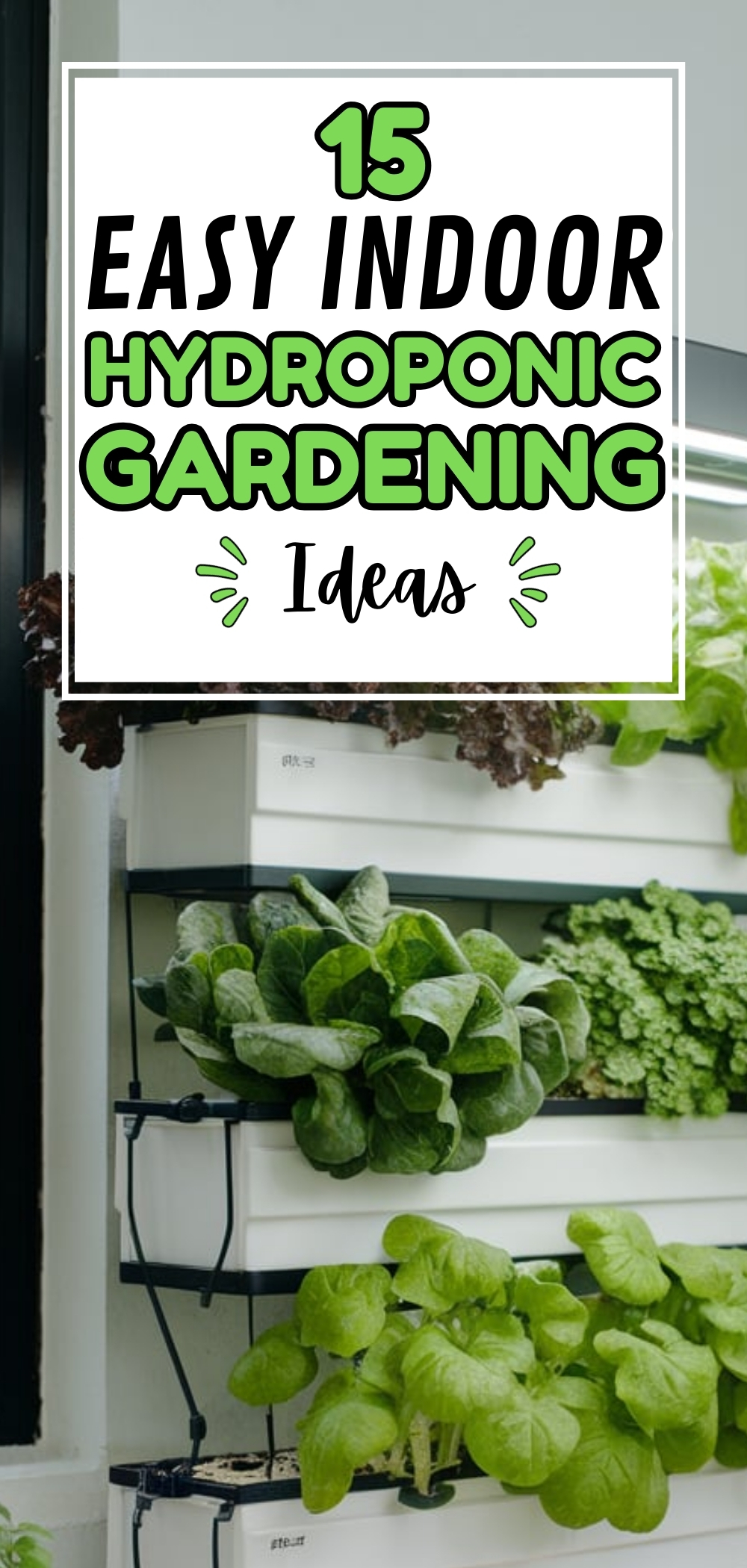
I started small, with leafy greens in a basic Kratky system, and learned the ropes. I overplanted once (okay, twice), fried a few seedlings with bad lighting, and definitely underestimated how aggressive roots can be. But thanks to advice from seasoned growers, I upgraded to deeper totes, better lights and even installed a small DWC system with an airstone. Hydroponic gardening isn’t without its stumbles, but it is deeply rewarding.
Every harvest taught me a lesson, from pruning for airflow to spacing fruiting plants in separate systems. I even learned how to mix perlite and coconut coir for root veggies and set up an airflow fan to keep humidity in check indoors. It’s science, yes, but it’s also a beautiful kind of everyday magic.
Now, I’m running a multi-system setup right from my small house: leafy greens in a vertical unit in the dining room, strawberries in a wide-based tower, and tomatoes sprouting in totes in the corner. I use coconut fiber and flood trays for root crops, and I’ve even started germinating potatoes in grow bags. Hydroponic gardening has completely changed how I think about food, space, and sustainability.
I’m saving money, wasting less, and most importantly, feeding myself food I know and trust. It may have started with a kitchen garden, but now it’s a full indoor ecosystem. And honestly? I’m just getting started. These 15 detailed indoor hydroponic gardening ideas offer practical, beginner-friendly setups along with advanced tips to optimize growth, efficiency, and yield.
15. Kratky Method: Easiest Passive Hydroponic System
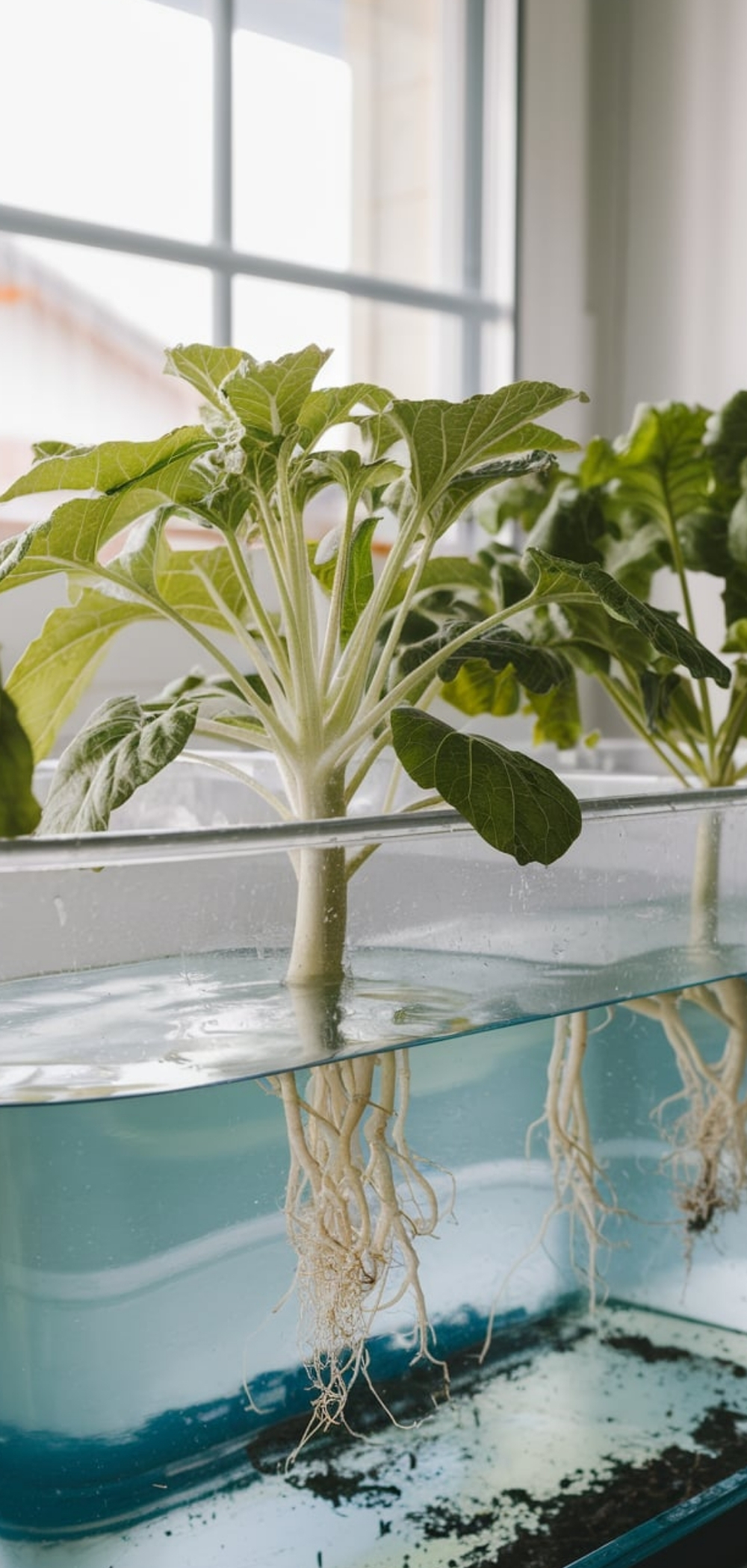
The Kratky method is ideal for beginners. It requires no pump or electricity. Plants are suspended above a nutrient-rich water solution in a container, with their roots partially submerged. As the plant consumes water, an air gap forms to provide oxygen.
Materials Needed: Plastic storage bin, net cups, hydroponic nutrient solution, and clay pebbles.
Best for: Leafy greens like lettuce, spinach, and herbs.
14. Deep Water Culture (DWC) System for Fast Growth
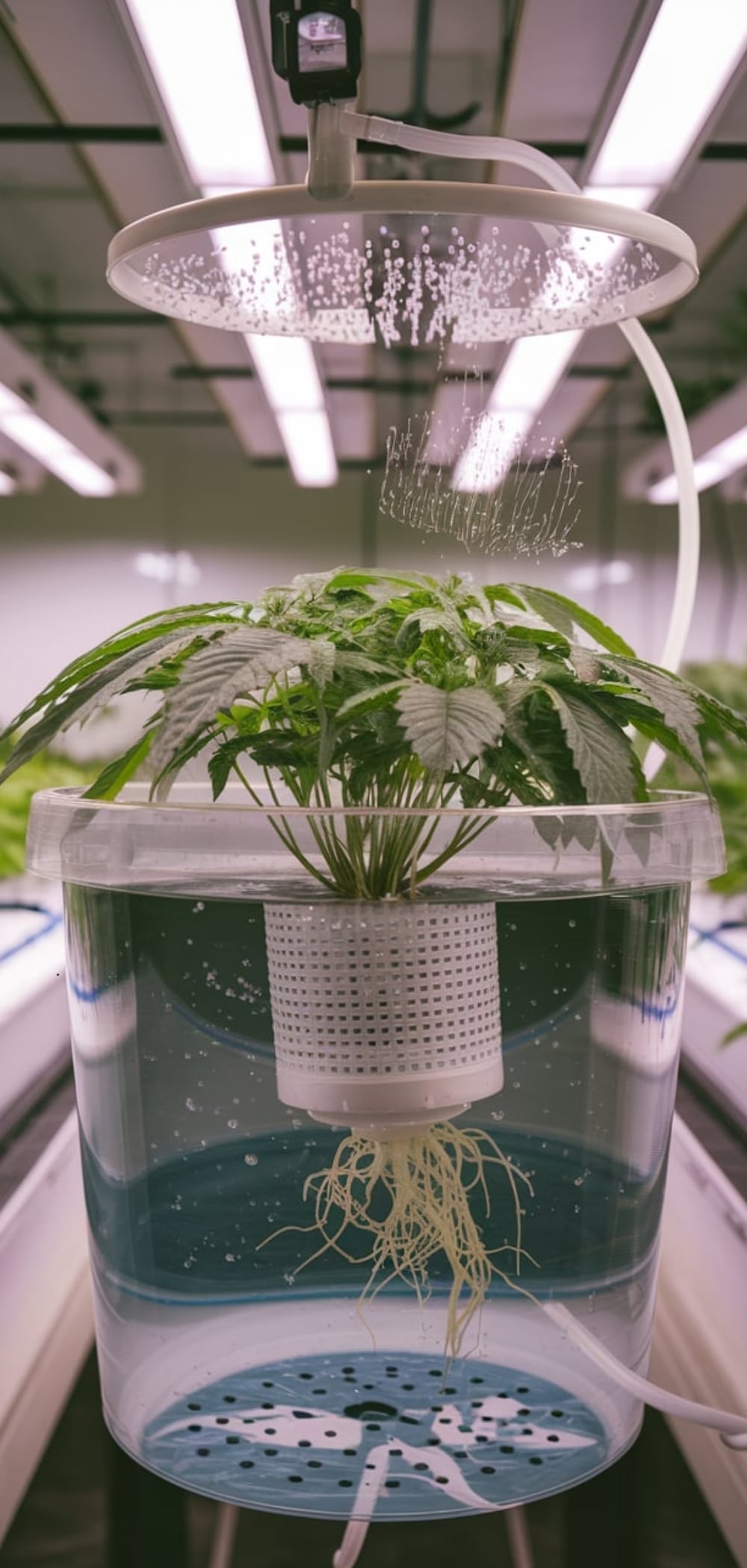
DWC systems keep plant roots suspended in oxygenated nutrient water. An air pump provides constant oxygen, accelerating growth.
Pro Tip: Use opaque containers to block light and prevent algae.
Ideal Crops: Kale, basil, and Swiss chard.
13. Vertical Tower Hydroponics for Small Spaces
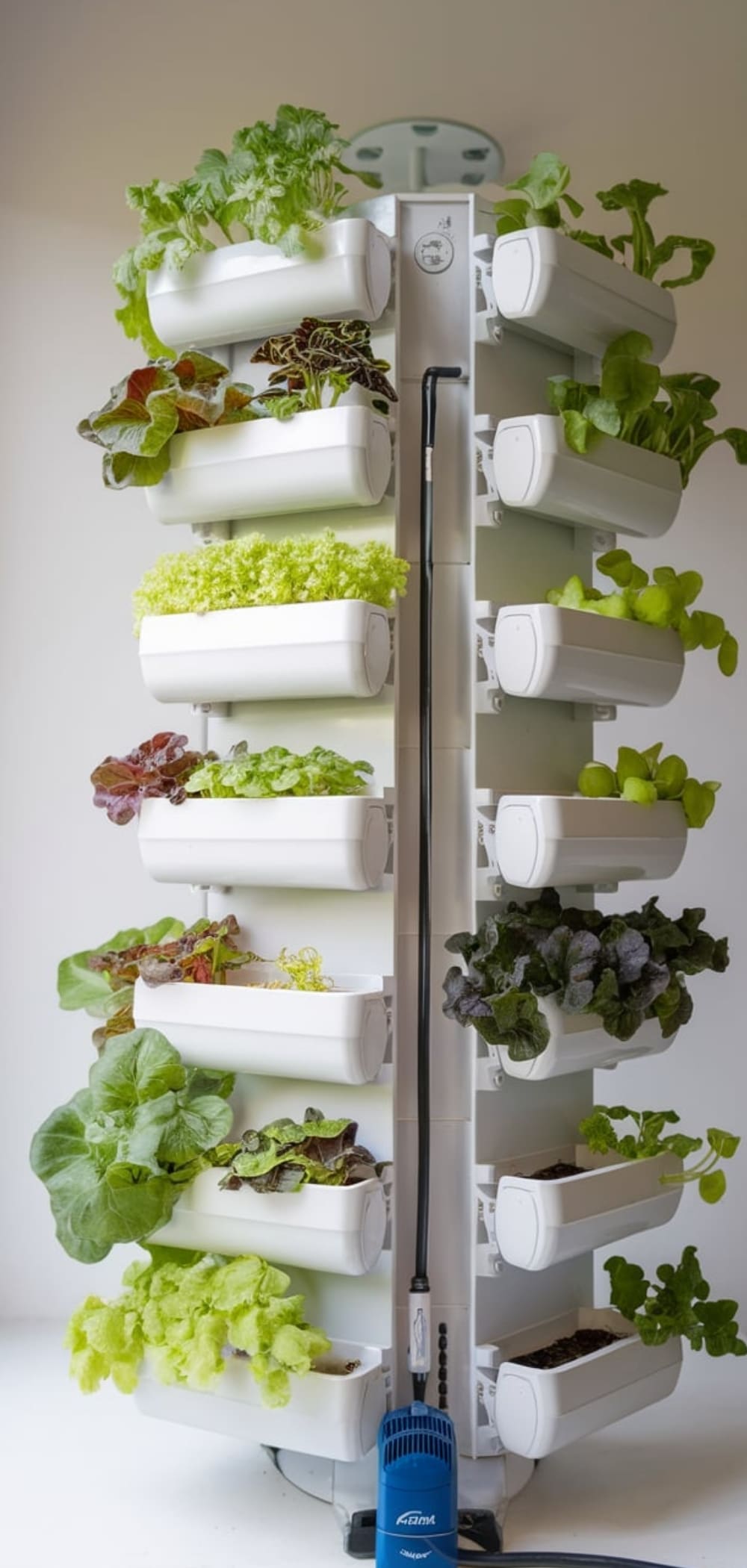
Maximize vertical space with a tower system. Multiple planting slots are stacked vertically, and a pump circulates nutrient water from the base to the top.
Design Tip: Use food-grade PVC or vertical hydroponic kits.
Best Crops: Strawberries, lettuce, mint.
12. Nutrient Film Technique (NFT) for Continuous Flow
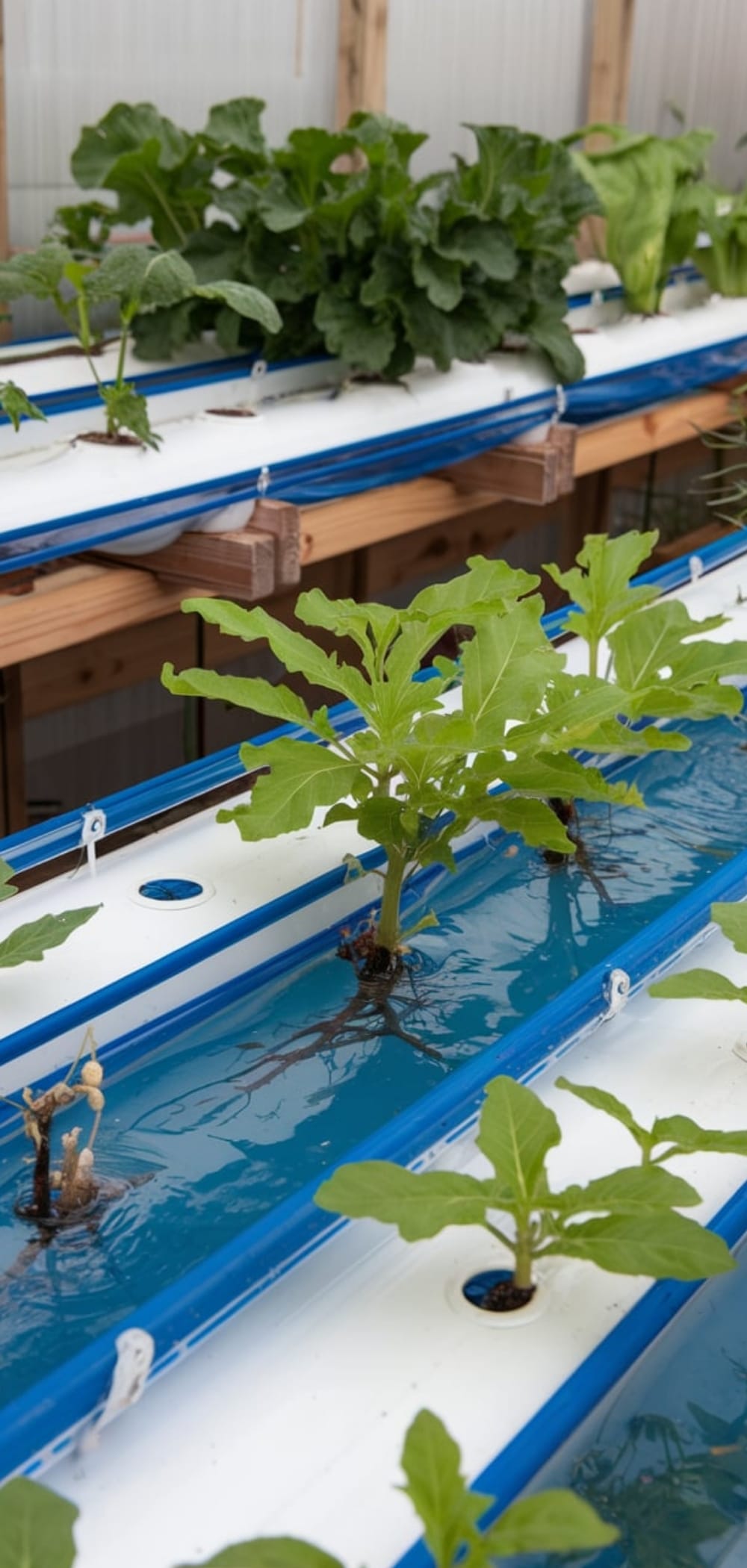
NFT systems use a shallow stream of water that flows through channels, delivering nutrients directly to the roots.
Materials: PVC pipes, submersible pump, nutrient reservoir.
Maintenance: Keep flow rate consistent and check for clogs.
11. Wick System for Low-Tech, Low-Cost Gardening
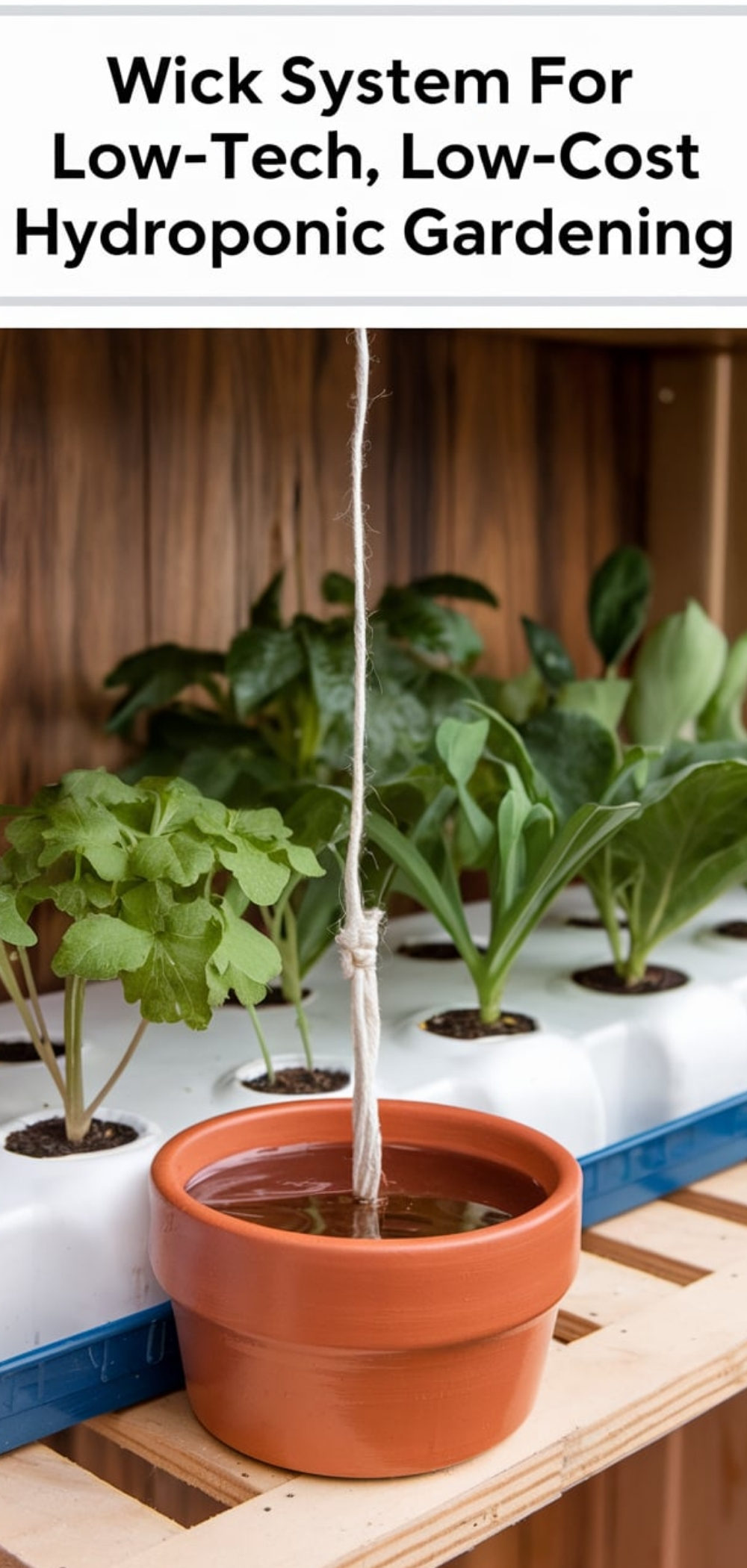
This passive system uses a wick (cotton or nylon rope) to draw nutrients up from a reservoir into the growing medium.
Pros: No pumps or electricity needed.
Limitations: Best for slow-growing, small plants like basil or thyme.
10. Aeroponics for Maximum Oxygen Exposure
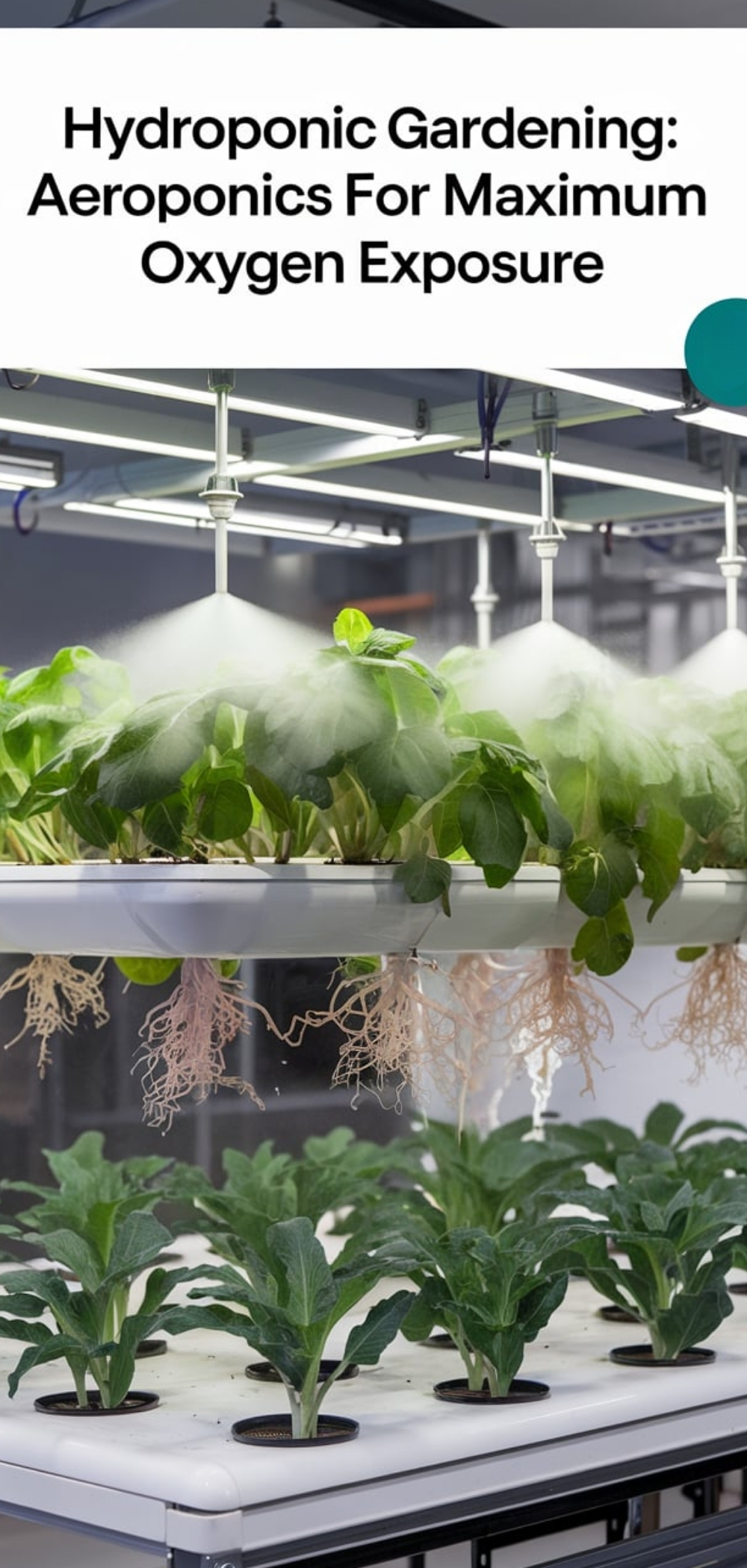
In aeroponic systems, roots are suspended in air and misted with a nutrient solution at intervals. This setup promotes rapid growth and efficient nutrient absorption.
Setup Tip: Use a timer for regular misting intervals (every 5–10 minutes).
Best For: Lettuce, peppers, strawberries.
9. Hydroponic Mason Jar Herb Garden
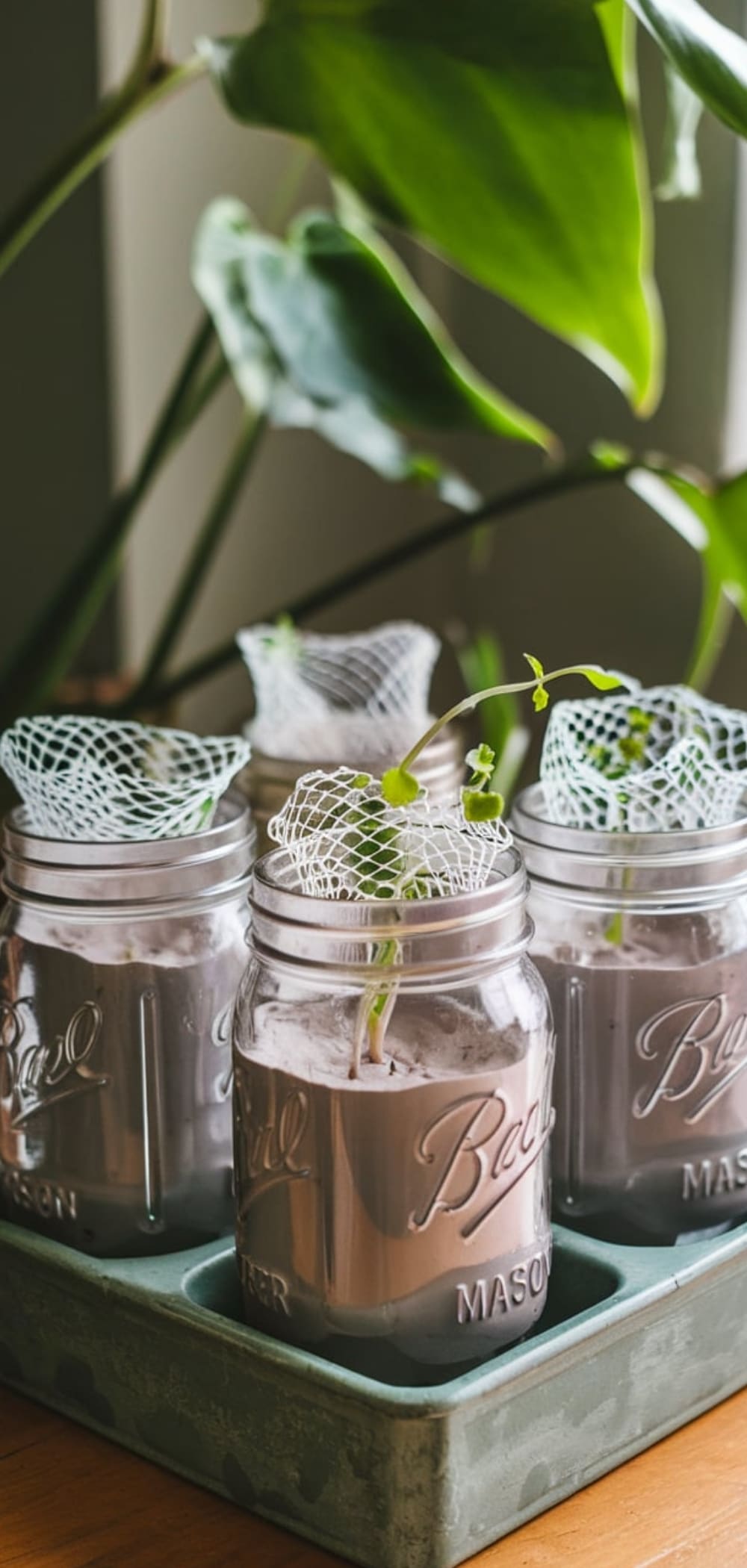
Use wide-mouth mason jars as mini Kratky systems. Add net cups, hydroton, and nutrient mix for a compact countertop setup.
Lighting Tip: Place near a sunny window or under an LED grow light.
Great For: Basil, cilantro, dill, oregano.
8. Window Hydroponic Shelves for Natural Light Use
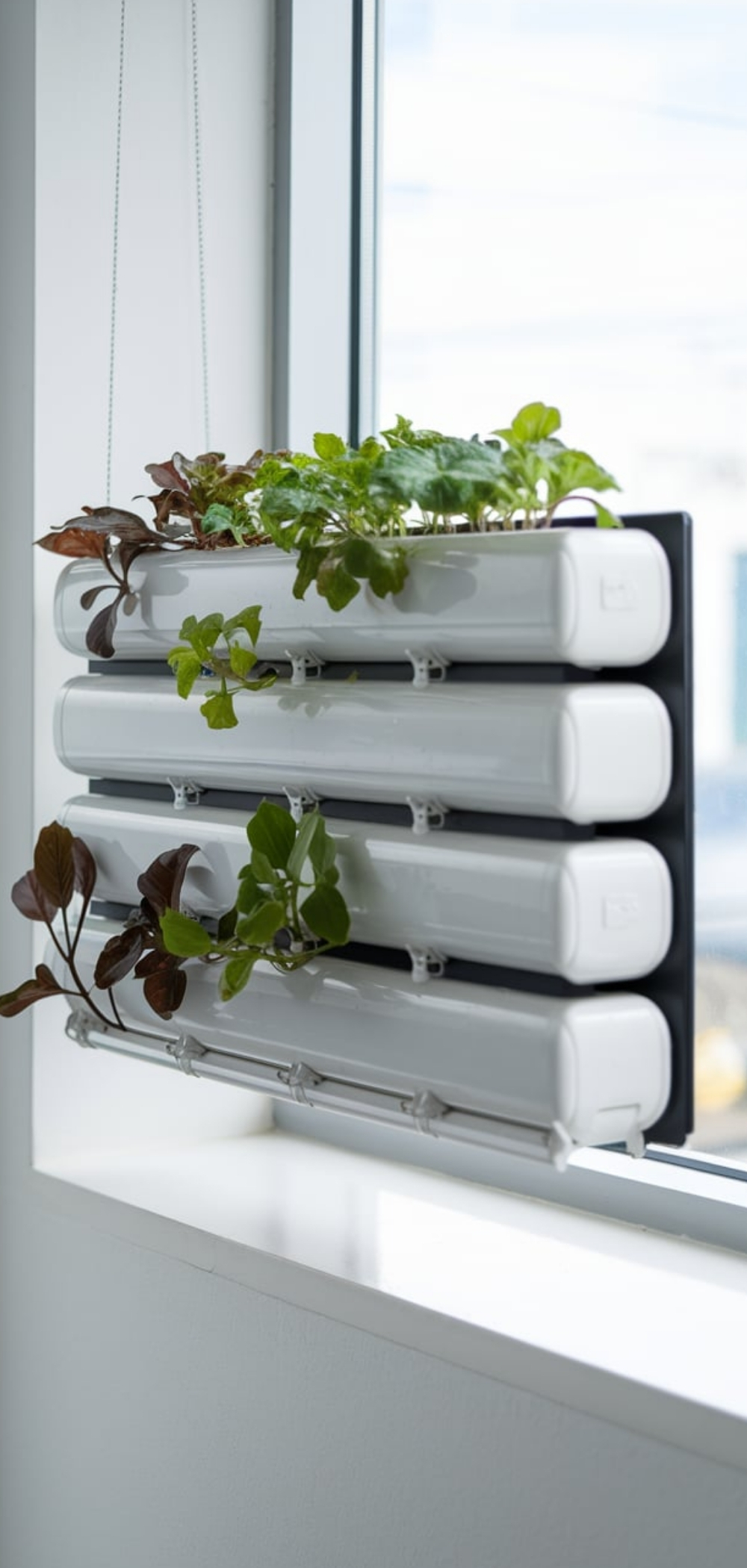
Install wall-mounted or suction-cup-mounted hydroponic planters along sunny windows. Use Kratky or wick systems in narrow containers.
Efficiency Tip: South-facing windows provide the most consistent light.
Good Crops: Parsley, spinach, and microgreens.
7. Flood and Drain (Ebb and Flow) Hydroponic Gardening System
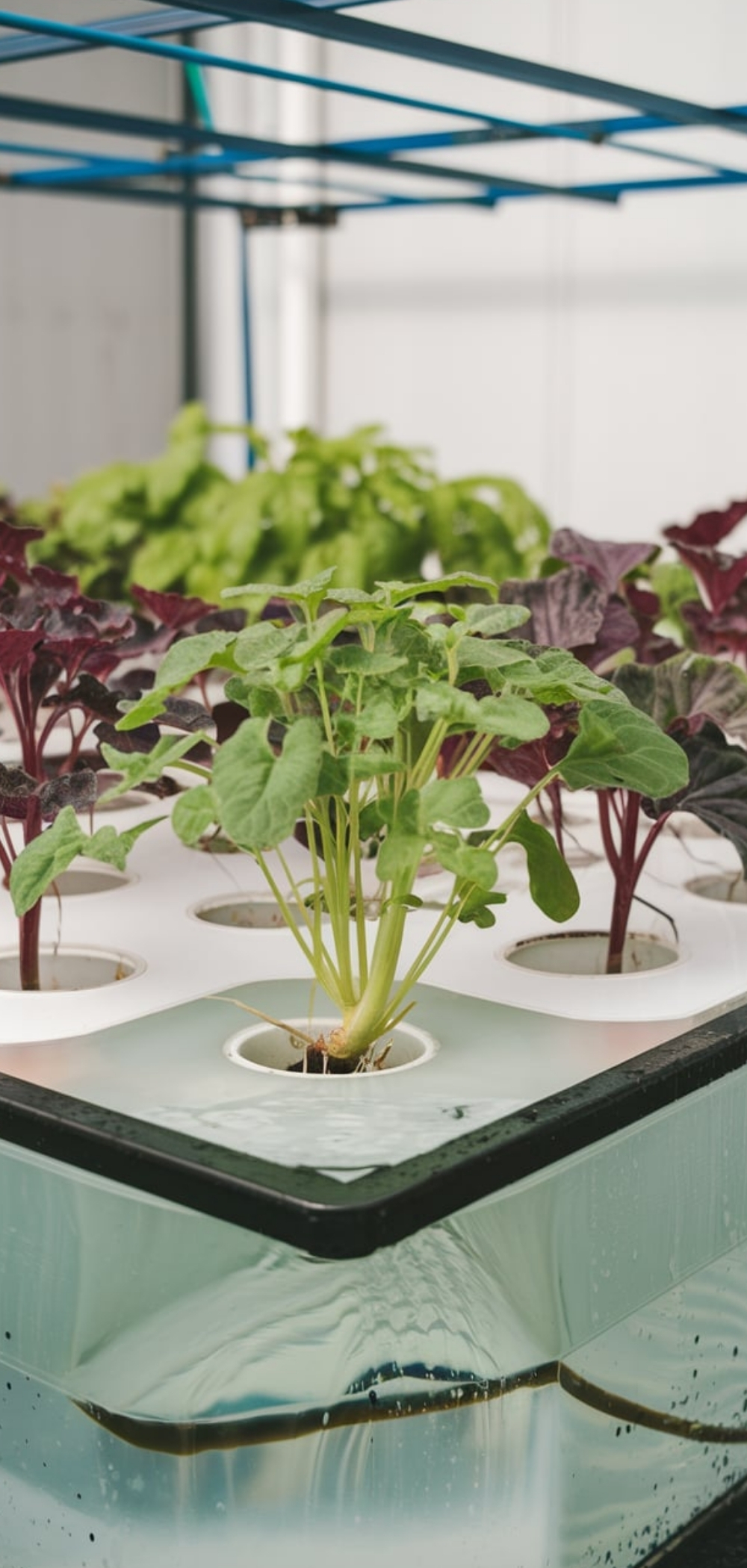
In this dynamic system, the grow bed is temporarily flooded with nutrient water and then drained back into a reservoir, allowing roots to absorb nutrients and oxygen alternately.
Automation: Use a timer and flood table for easy scheduling.
Suitable For: Tomatoes, zucchini, and larger leafy greens.
6. Hydroponic Grow Tent Setup for Year-Round Gardening
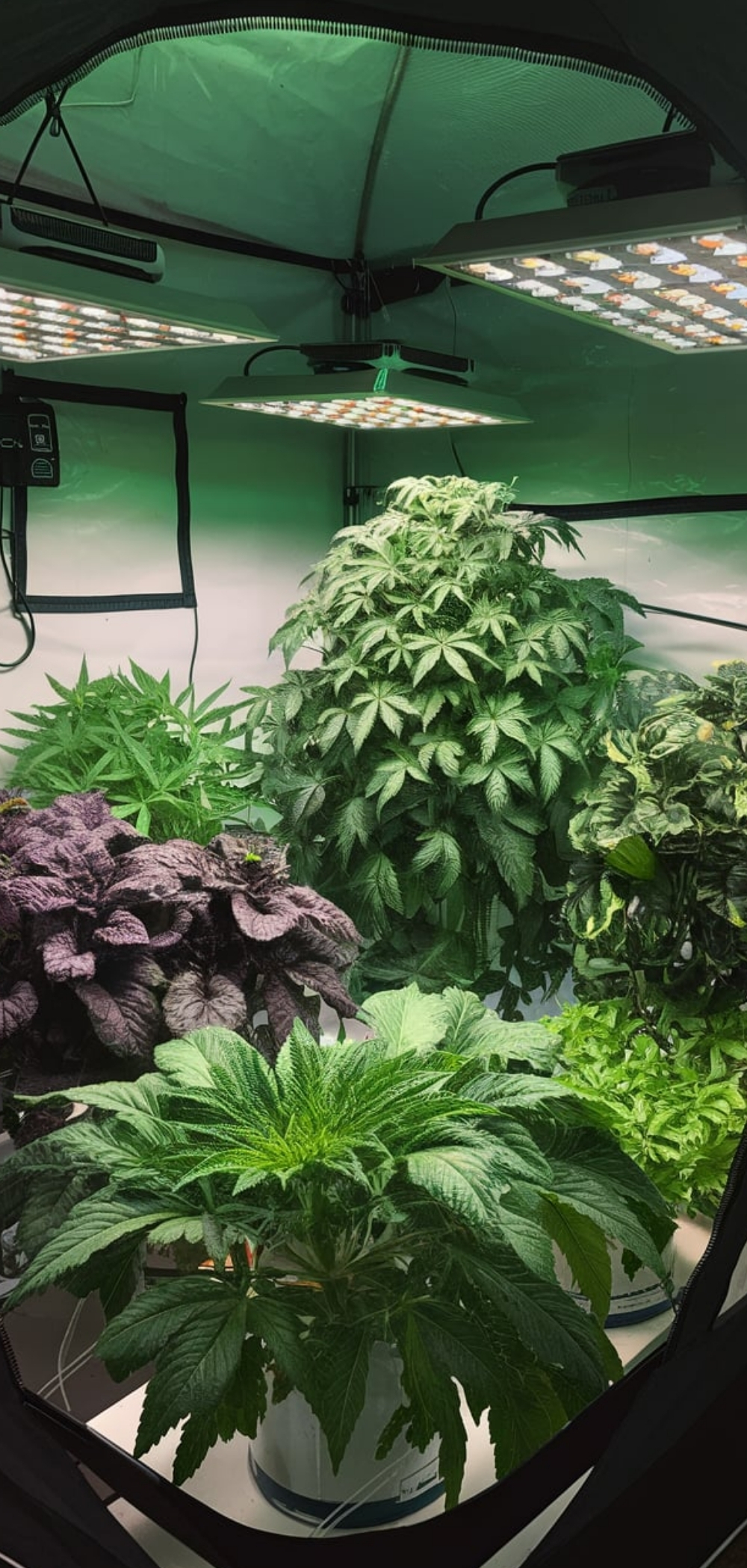
A grow tent with controlled lighting, temperature, and humidity can house any hydroponic system, especially for high-yield crops.
System Pairing: Combine with DWC, NFT, or aeroponics.
Bonus: Prevents pests and reduces odor spread indoors.
5. Wall-Mounted Hydroponic Gardening
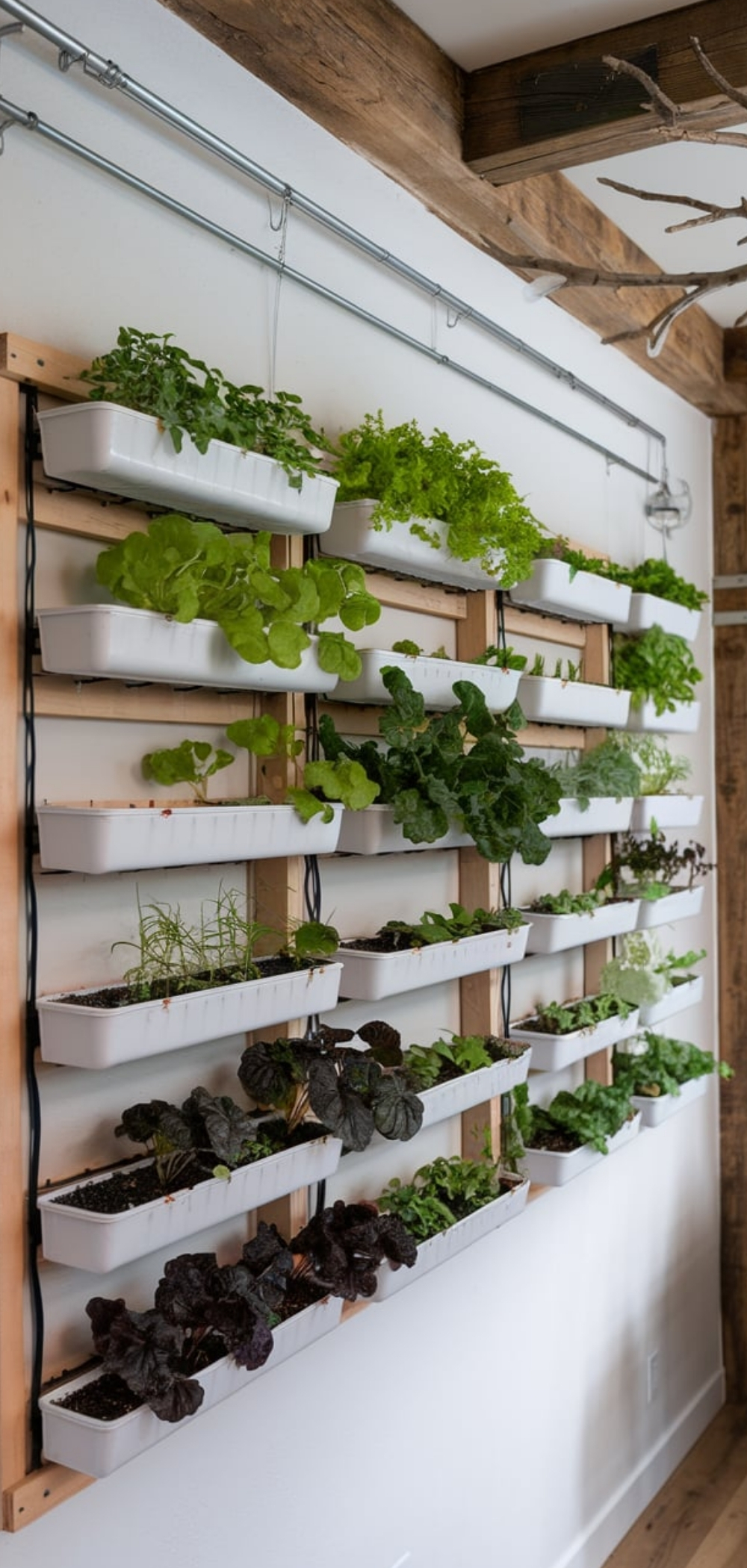
Design a living green wall with wall-mounted hydroponic containers and irrigation lines.
Materials: Vertical panels, tubing, submersible pump, and drip emitters.
Best Use: Adds aesthetics and clean air indoors.
4. Smart Hydroponic Gardening with IoT Integration
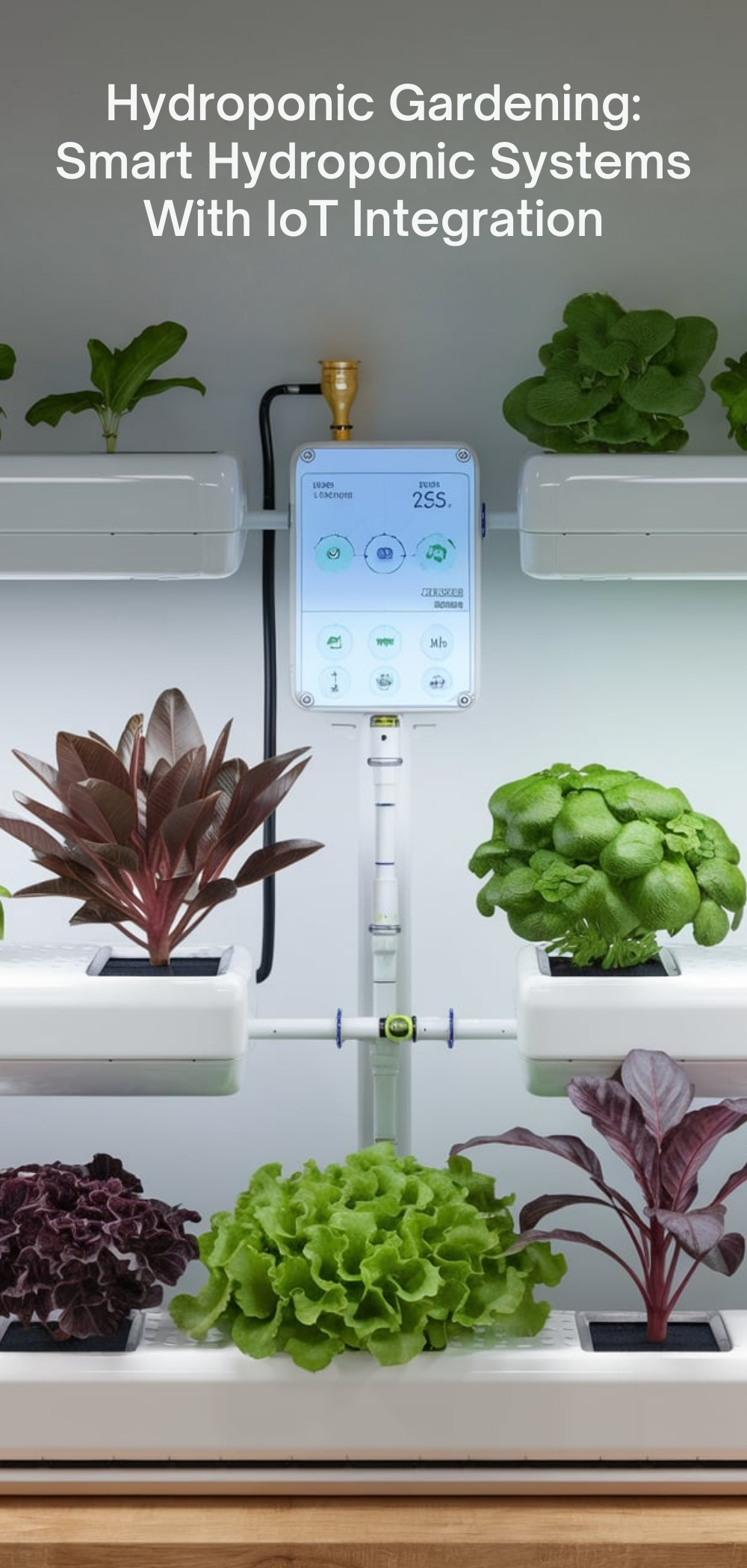
Use smart controllers or pre-built smart hydroponic kits with sensors for pH, temperature, light, and water levels.
App Control: Monitor and adjust remotely via smartphone.
Example Crops: Leafy greens and small fruits.
3. Recycled Bottle Hydroponic Gardening Planters
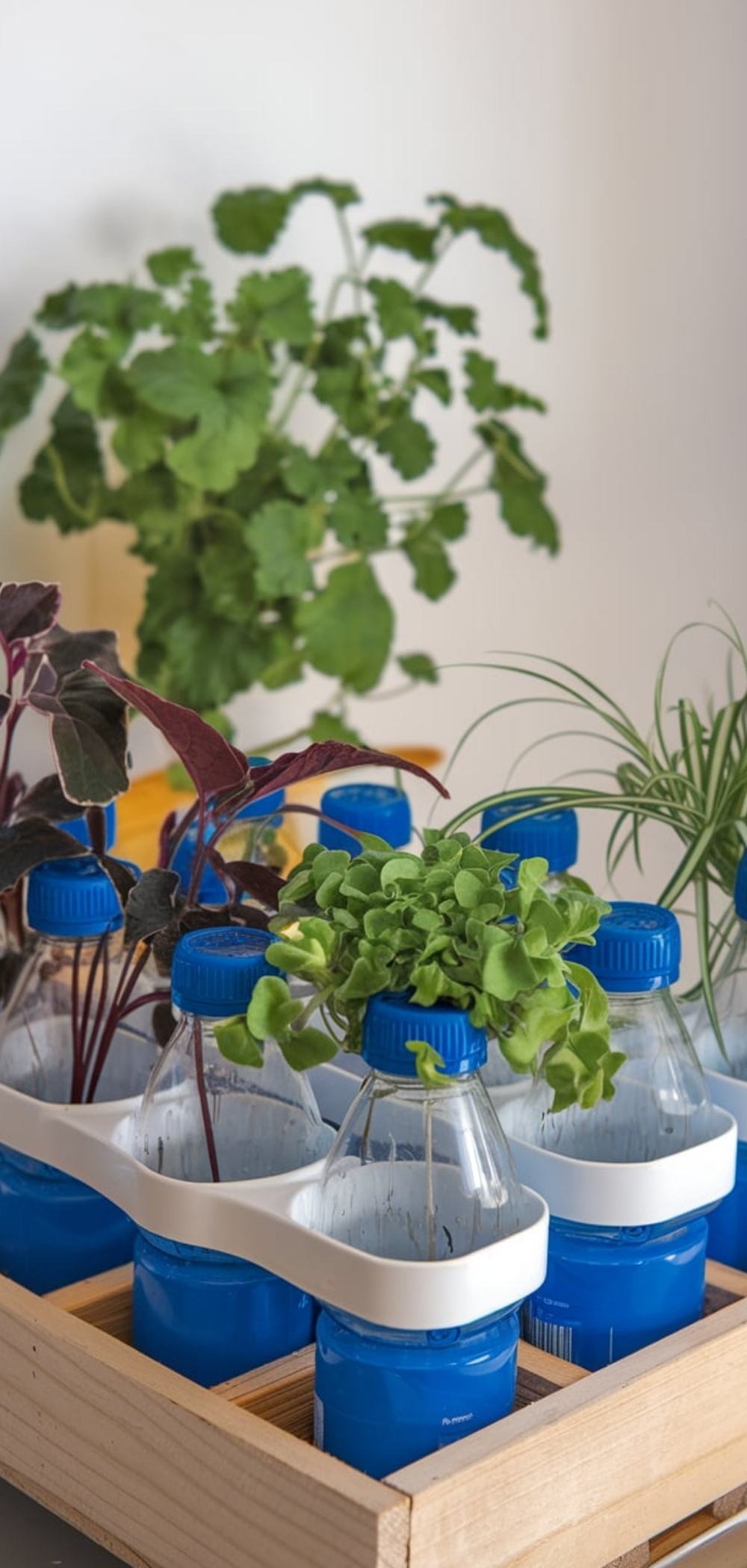
Cut and invert 2-liter soda bottles to create mini wick systems or Kratky setups. Perfect for eco-conscious indoor gardeners.
DIY Tip: Use activated charcoal in the medium to prevent odor.
Plants: Herbs and leafy greens.
2. Aquaponic Hydroponic Gardening Hybrid Systems
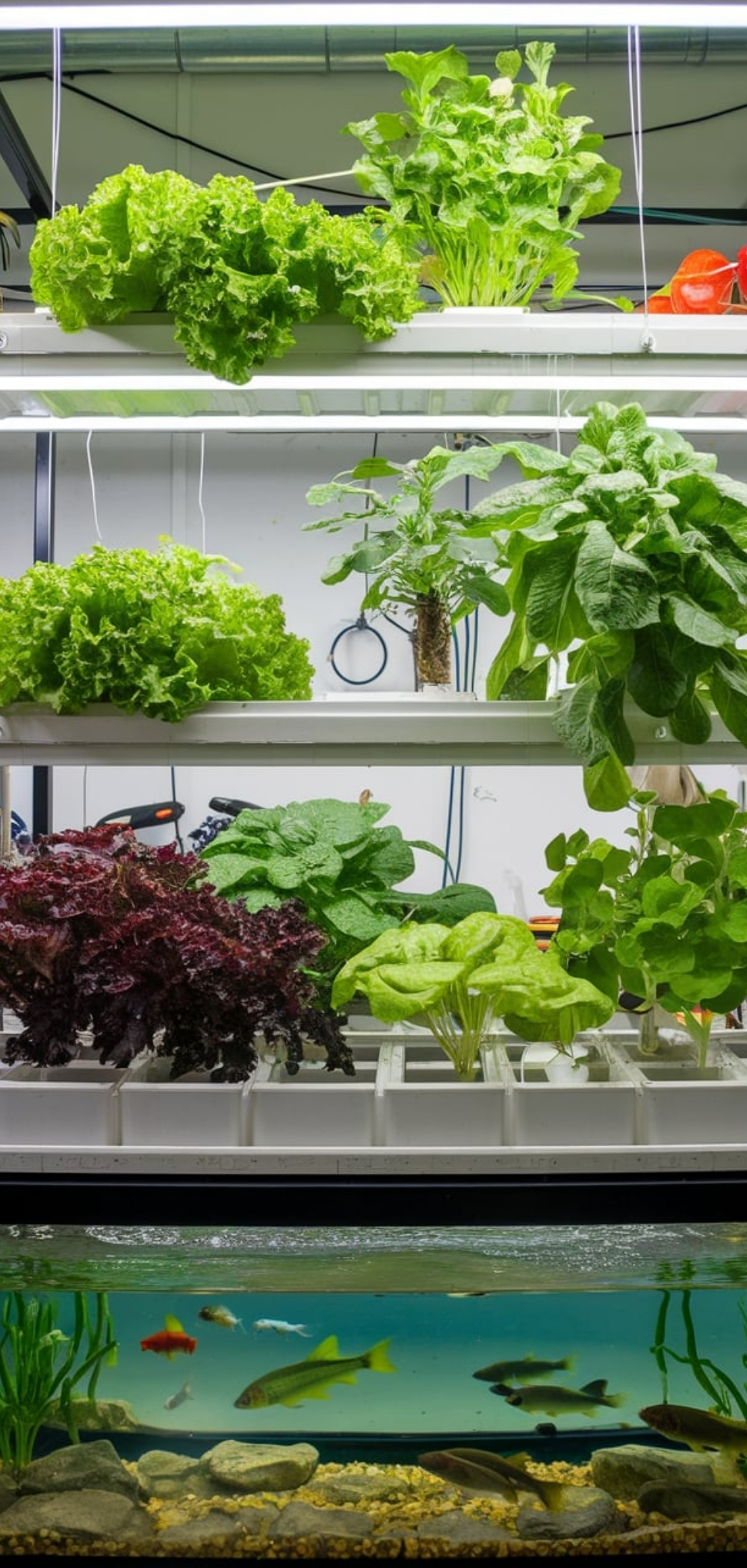
Integrate fish tanks with hydroponics nutrient-rich fish waste to feed the plants, and plants help clean the water.
Fish Types: Tilapia, goldfish, or guppies.
Crops: Leafy greens, basil, and tomatoes.
1. Hydroponic Gardening Microgreens Tray System
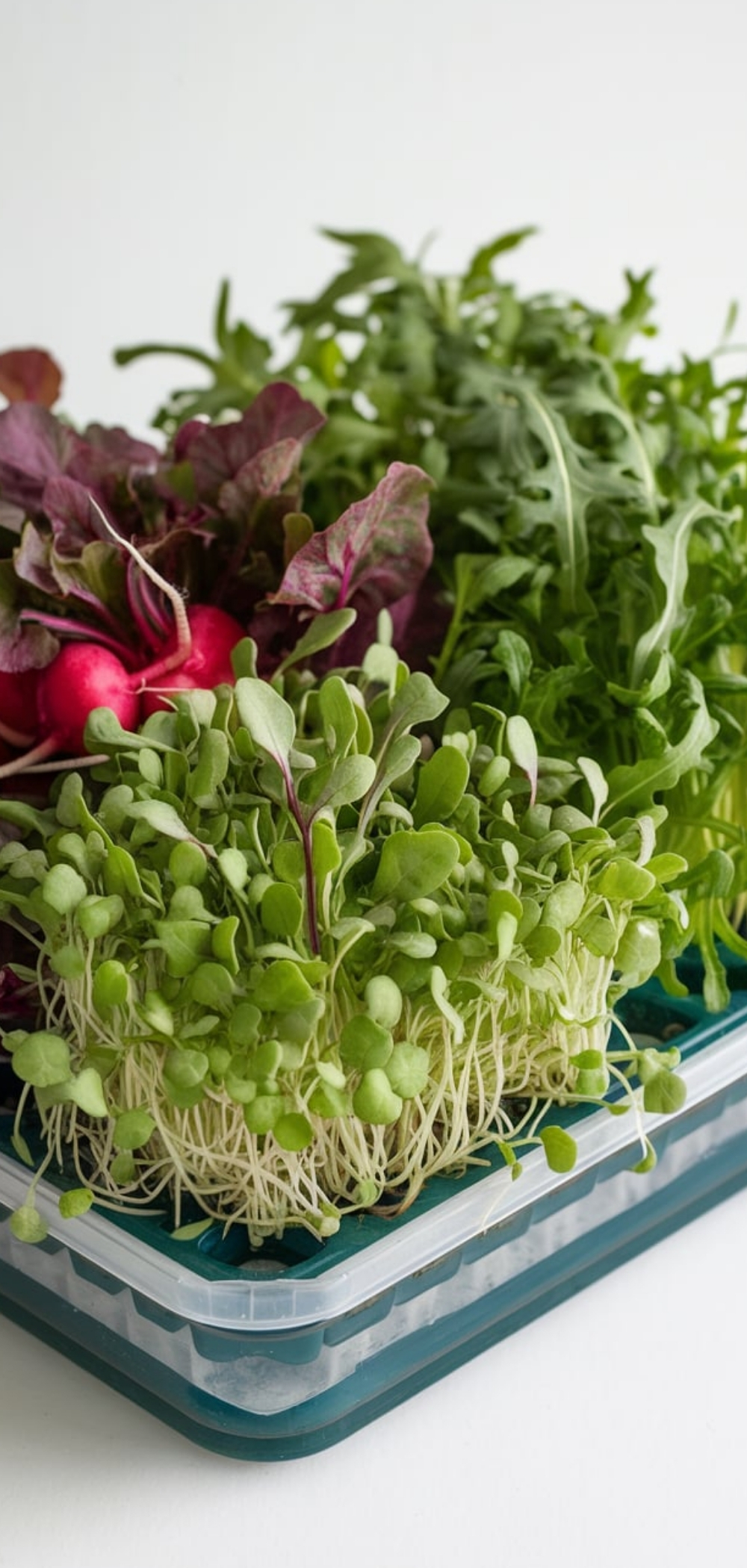
Grow nutrient-dense microgreens like radishes, broccoli, or arugula in shallow trays with hydroponic mats or sponges.
Fast Harvest: Ready in 7–14 days.
Lighting: Use full-spectrum LEDs for best growth.
Final Notes for Successful Indoor Hydroponic Gardening
- Lighting: Use LED grow lights with 12–16 hours of light daily.
- Nutrients: Choose hydroponic-specific nutrient solutions; monitor pH (5.5–6.5 range).
- Air Circulation: Use fans to reduce mold and provide airflow.
- Sanitation: Clean reservoirs and containers regularly to prevent root rot and algae.
Conclusion
Indoor hydroponic gardening offers unmatched convenience, sustainability, and productivity for home growers. Whether you’re a beginner with a mason jar or an expert setting up an automated grow tent, these systems make fresh, homegrown produce accessible all year long.





